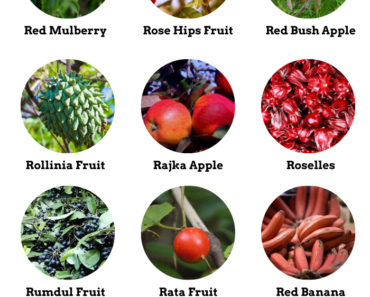Fruits That Start with C! Are you looking for a fruit that starts with “C”? Look no further! This blog post has the answer. From classic favorites to exotic surprises, here are 53 fruits that start with C (and pictures to go along with them). Whether you’re on the hunt for an alphabetically-specific snack, want to expand your diet, or are just curious about what kind of delicious little treats nature has in store – this is a great place to find out all about these amazing healthy foods and their properties. So get ready and dive into some crunchy and juicy facts all centered around one simple letter: C!
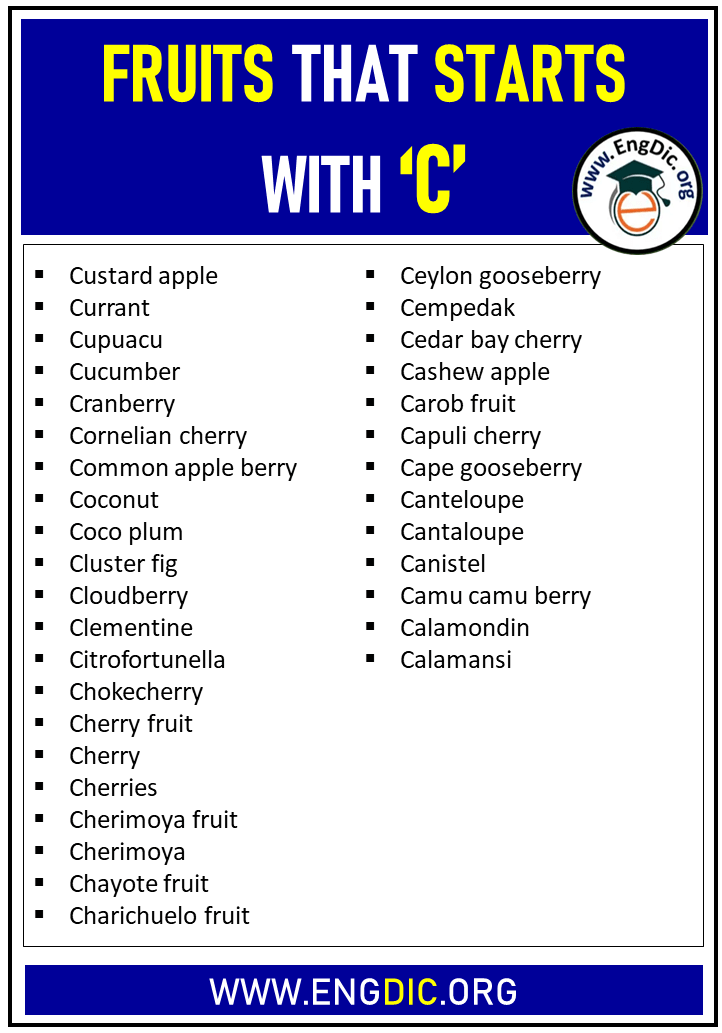
So, below are some fruits starting with c:
Fruits That Start With C
- Currant
- Chinese Bayberry
- Charichuelo Fruit
- Cherry Tomatoes
- Conkerberry Fruit
- Cantaloupe
- Cashews
- Carambola
- Cherimoya Fruit
- Coconut
- Candlenut
- Cluster Fig Fruit
- Cloudberry Fruit
- Cantaloupe Fruit
- Chokeberry Fruit
- Cupuacu Fruit
- Cashew Apple Fruit
- Carob Fruit
- Chayote Fruit
- Caimito
- Crowberry Fruit
- Cardamom
- Canistel Fruit
- Chinese Quince
- Courbaril
- Changunga
- Cranberry Fruit
- Cherry Fruit
- Capulin Cherry Fruit
- Calamondins Fruit
- Cempedak Fruit
- Cucumber Fruit
- Crabapples
- Coco Plum Fruit
- Calamansi Fruit
- Canary Melon
- Camu Camu Berry
- Cape Gooseberry
- Chilacayote
- Calabash Fruit
- Cornelian Cherry Fruit
- Custard Apple
- Citron
- Cedar Bay Cherry Fruit
- Chokecherry Fruit
- Ciku
- Cocoa
- Ceylon Gooseberry
- Clementine Fruit
- Citrofortunella Fruit
- Cattley Guava
- Caper
- Casimiro
Tropical Fruits That Start With C
- Chayote
- Carambola (star fruit)
- Coconut
- Cupuacu
- Cluster fig
- Custard apple (sugar apple)
- Canistel
- Cedar bay cherry
- Charichuelo
- Cherimoya
- Cherry
- Calabash
- Cantaloupe
- Cempedak
- Ceylon gooseberry
- Cape gooseberry
- Calamansi
- Cashew apple
- Chico
- Cocoplum
Exotic Fruits That Start With C
- Cucamelon
- Cheese Fruit
- Cape Gooseberry
- Cupuacu
- Cempedak
- Crowberry
- Cherimoya
- Chayote
Fruits That Begin With C With Pictures, & Properties
1. Currant:
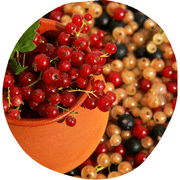
Currants are small berries that range in color from black to red to white and contain a large amount of Vitamin C. They can be used in baking and jams, or eaten fresh as a snack.
2. Chinese Bayberry:
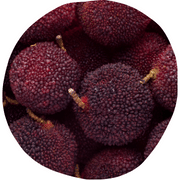
Chinese bayberries are native to East Asia and have a unique sweet-tart taste with hints of citrus, strawberry, and pineapple. The fruit is usually eaten fresh or dried and can also be used to make jams and preserves.
3. Charichuelo Fruit:

Charichuelo fruit is native to Peru and has a unique flavor that combines sweetness with tartness. It has a high Vitamin C content and is often eaten fresh, made into jams and jellies, or enjoyed as a juice.
4. Cherry Tomatoes:
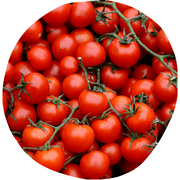
Cherry tomatoes are small, round tomatoes that come in red, yellow, and orange varieties. They have a sweet flavor and are often used in salads and recipes for their vibrant colors.
5. Conkerberry Fruit:
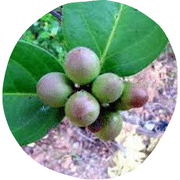
Conkerberry fruit is native to Australia and has a unique flavor that combines sweet, sour, and tart notes. The fruit can be eaten raw or cooked in jams and pies.
6. Casimiro Fruit:
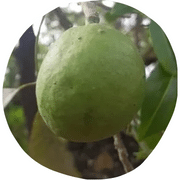
The casimiro fruit is a tart, yellow-orange berry native to Mexico and Central America. It has a sweet and sour flavor and is often used in jams, jellies, and sauces.
7. Cashews:

Cashews are small, kidney-shaped nuts with a creamy flavor and texture. They have a high protein and fiber content, making them a great addition to salads, snacks, and recipes.
8. Carambola:

Carambola is a tropical fruit native to Southeast Asia that has a sweet and tart flavor. The star-shaped fruit can be eaten fresh, made into jams and jellies, or cooked in savory dishes.
9. Cherimoya Fruit:
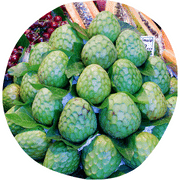
Cherimoya fruit is native to South America and has a creamy texture and sweet flavor. The fruit can be eaten fresh, made into desserts, or used to make juice or jam.
10. Coconut:
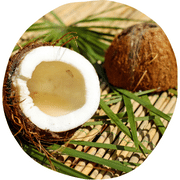
Coconuts are large fruits with a hard outer shell and white flesh inside. They have a high fiber and fat content, making them a great addition to smoothies, oatmeal, and recipes.
11. Candlenut:
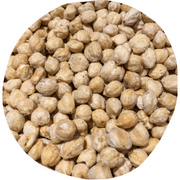
Candlenuts are small, oval-shaped nuts with a slightly sweet flavor and crunchy texture. They are often used in Asian cooking and have a high fatty acid content.
12. Cluster Fig Fruit:
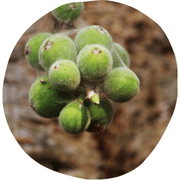
Cluster figs are small, green fruits with a sweet flavor and high fiber content. They are often eaten fresh as a snack or used in baking and jams.
13. Cloudberry Fruit:

Cloudberries are small, tart berries that grow in marshy areas in the northern hemisphere. The bright orange fruit has a unique flavor and is often made into jams, jellies, and syrups.
14. Cantaloupe Fruit:
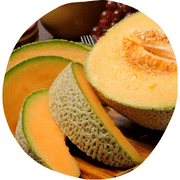
Cantaloupes are large, round fruits with orange flesh and green skin. The sweet flavor and high Vitamin A and C content make them a popular snack or addition to salads.
15. Chokeberry Fruit:
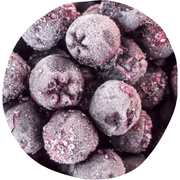
Chokeberries are small, tart berries that have a high level of antioxidants. The fruit can be eaten fresh, made into jams and jellies, or used in baking.
16. Cupuacu Fruit:
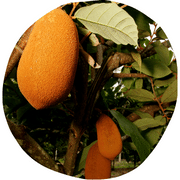
Cupuacu fruit is native to the Amazon rainforest and has a sweet, creamy flavor with notes of chocolate and banana. It can be eaten fresh or dried, made into drinks and ice cream, or used in baking.
17. Cucamelon Fruit:
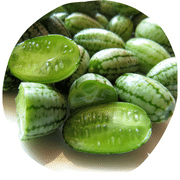
Cucamelons are small fruits with a sour-sweet flavor that resembles cucumber and lime. They can be eaten raw as a snack or added to salads and recipes for their unique taste.
18. Carissa Fruit:
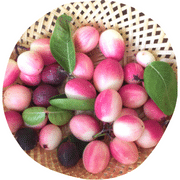
Carissa fruit is native to South Africa and has a sweet-sour flavor with hints of citrus. The round, red fruits are often eaten fresh or made into jams and jellies.
19. Cranberries:
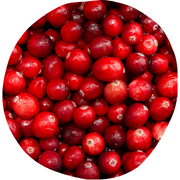
Cranberries are small, tart berries that have a high antioxidant content. Whether eaten fresh, dried and made into sauces/juices or used in culinary recipes – mulberries are a delicious addition to any meal!
20. Coffee Fruit:
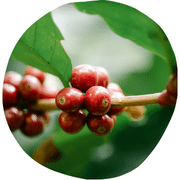
Coffee fruit is the dried fruit of the coffee plant and has a sweet, nutty flavor. It can be eaten raw or ground into a powder to make coffee beverages.
21. Cashew Apple Fruit:
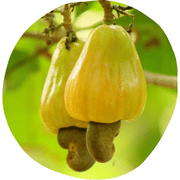
Cashew apples are the fruits of the cashew tree and have a sweet, tart flavor. They can be eaten fresh or dried, made into juices and jams, or used in recipes.
22. Carob Fruit:
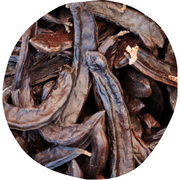
Carob is a fruit that grows on carob trees and has a sweet, chocolate-like flavor. It can be eaten fresh, made into a powder for baking and hot drinks, or used to make syrups and jams.
23. Chayote Fruit:
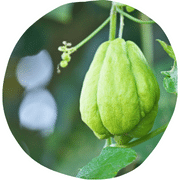
Chayote is a green, pear-shaped fruit with a mild flavor and high Vitamin C content. It can be eaten raw or cooked in soups, salads, and recipes.
24. Caimito Fruit:
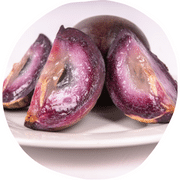
Caimito is a tropical fruit native to Central and South America with a mild, sweet flavor. The round, yellow-green fruit can be eaten raw or cooked in savory dishes.
25. Crowberry Fruit:
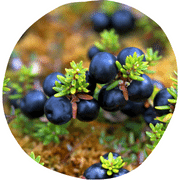
Crowberries are small, dark berries with a sweet-tart flavor and high antioxidant content. They can be eaten fresh or cooked into jams, jellies, and syrups.
26. Cardamom:

Cardamom is a spice made from the dried seed pods of plants in the ginger family. It has a unique, sweet-spicy flavor with notes of citrus and is often used in baking, drinks, curries, and spice mixes.
27. Canistel Fruit:

Canistel is a tropical fruit native to Central America with a sweet taste similar to apricot or pumpkin. It can be eaten fresh, made into jams and jellies, or added to recipes for a unique flavor.
28. Chinese Quince:
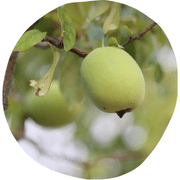
Chinese quinces are a type of tree fruit native to East Asia with a sweet-tart flavor. The yellow-green fruits can be eaten raw or cooked in soups, salads, and recipes for an exotic taste.
29. Courbaril:
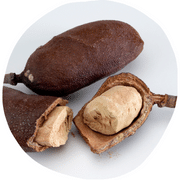
Courbaril is a tropical tree native to Central and South America that produces sweet, round fruits. The yellow-orange fruit can be eaten fresh or cooked in savory dishes for its unique flavor.
30. Changunga:
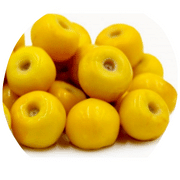
Changunga is a tropical fruit native to Central America with a sweet, creamy flavor and smooth texture. It can be eaten raw or cooked in soups, salads, and recipes for a unique taste.
31. Caper:
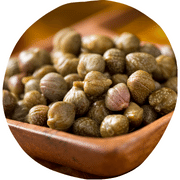
The caper is a small, briny berry native to the Mediterranean. It has an intense flavor and is often used as a seasoning or garnish.
32. Cherry Fruit:
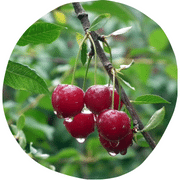
Cherries are small, sweet fruits with a unique flavor. They can be eaten fresh or cooked in recipes for added sweetness.
33. Capulin Cherry Fruit:
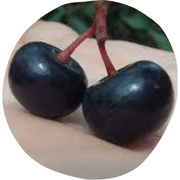
Capulin cherries are small, round fruits native to Mexico and Central America with a sweet-tart taste. The dark red fruit can be eaten fresh or made into jams and jellies.
34. Calamondins Fruit:

Calamondins are small, round citrus fruits with a unique sweet-sour flavor. They can be eaten raw or cooked in recipes for added zing or juiced to make drinks and sauces.
35. Cempedak Fruit:

Cempedak is a tropical fruit native to Southeast Asia with a sweet, creamy taste. It can be eaten raw or cooked in savory dishes for a unique flavor.
36. Cucumber Fruit:

Cucumbers are a type of fruit with a mild, sweet flavor. They can be eaten raw or cooked in salads, soups, and recipes for an added crunch.
37. Crabapples:

Crabapples are small, tart apples with a unique flavor. They can be eaten fresh or cooked into jams, jellies, and syrups for a sweet-tart taste.
38. Coco Plum Fruit:
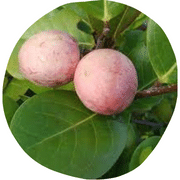
Coco plums are a tropical fruit native to the Caribbean and Central America. They have a sweet flavor with hints of plum, peach, and citrus.
39. Calamansi Fruit:

The calamansi fruit is native to the Philippines and other Southeast Asian countries. It has a tart flavor and is used in many recipes.
40. Canary Melon:
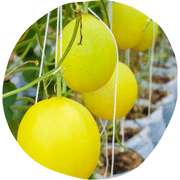
The canary melon is similar to a cantaloupe but slightly sweeter and more aromatic. It is native to the Canary Islands and can be found in markets throughout Europe.
41. Camu Camu Berry:
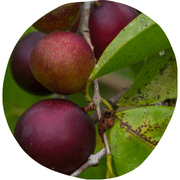
The camu camu berry is a small, tart fruit native to the rainforest of South America. It is rich in Vitamin C and has powerful antioxidant properties.
42. Cape Gooseberry:

The cape gooseberry is a tart, yellow-orange berry native to South America. It has a sweet and sour taste and is often used in jams, jellies, and sauces.
43. Chilacayote:
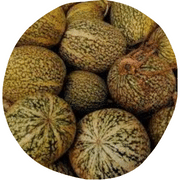
Chilacayote is a tropical fruit native to Mexico and Central America. It has a sweet flavor with hints of melon and banana.
44. Calabash Fruit:
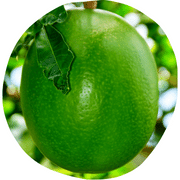
The calabash fruit is a tropical fruit native to the Caribbean. It has a sweet and tart flavor, similar to pineapple.
45. Cornelian Cherry Fruit:
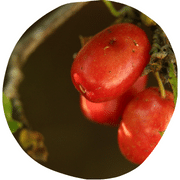
The cornelian cherry is a tart, red fruit native to Eastern Europe and parts of Asia. It has a sweet and sour taste and is often used in jams and jellies.
46. Custard Apple:
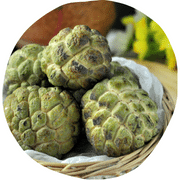
The custard apple is a tropical fruit native to Central and South America. It has a sweet, creamy flavor and is often used in desserts and smoothies.
47. Citron:

The citron is a large, yellow fruit native to Southeast Asia and parts of India. It has a tart flavor that lingers on the tongue.
48. Cedar Bay Cherry Fruit:

The cedar bay cherry is a tart, ruby-red fruit native to the Pacific Northwest of North America. It has a tart and sweet flavor that is perfect for jams, jellies, and syrups.
49. Chokecherry Fruit:

The chokecherry is a sour, purple fruit native to North America. It has an intense flavor that can be used in sauces and preserves for a tart kick.
50. Ciku Fruit:
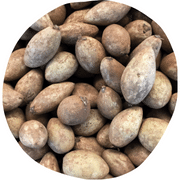
The ciku is a tropical fruit native to Southeast Asia with an intense flavor. It can be eaten fresh or used in jams, jellies, and other recipes.
51. Cocoa Fruit:

Cocoa fruit is a tropical fruit native to Mexico and Central America. It has a sweet, chocolatey flavor and is often used in desserts.
52. Ceylon Gooseberry:
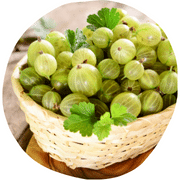
The ceylon gooseberry is a small, tart fruit native to India and Sri Lanka. It has a tangy flavor that can be used in chutneys and jams.
53. Clementine Fruit:

The clementine is a small, sweet citrus fruit native to North Africa. It has juicy flesh and a unique flavor that is perfect for desserts.
54. Citrofortunella Fruit:
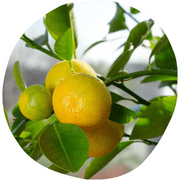
The citrofortunella fruit is a sweet, citrus fruit native to the Mediterranean. It is often used in cooking for a unique flavor.
55. Cattley Guava:

The cattley guava is a sweet, tropical fruit native to South America. It has a soft texture and a mild flavor.
Infographics – Fruits Starting With C

Check Other Fruits A to Z:
A – B – C – D – E – F – G – H – I – J – K – L – M – N – O – P – Q – R – S – T – U – V – W – X – Y – Z
Last updated on February 15th, 2023 at 03:44 pm






